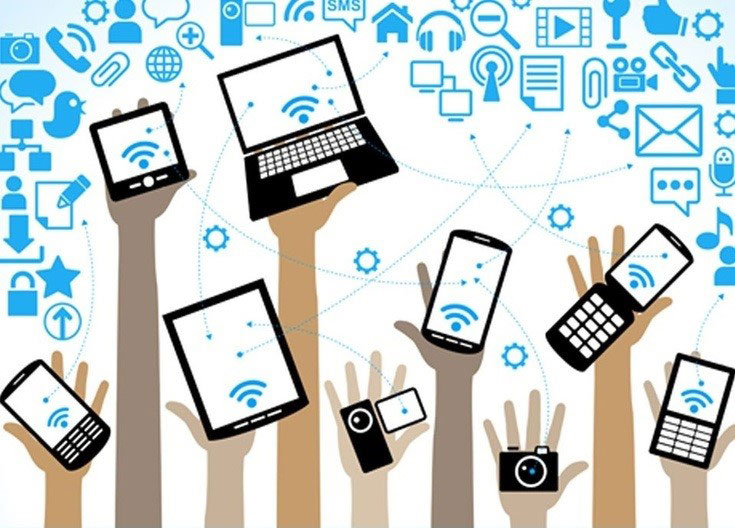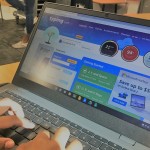Scientists have recently discovered yet another way to make digital experiences seem more real. Now, by manipulating tiny dust particles with a laser light, film producers will be able to create seemingly impossible scenes that are more realistic than ever. Given our educational system’s infatuation with technology, it’ll just be a matter of time before kids are engaging with holographic displays of historical events, literary plot lines, and molecular structures.
Perhaps the train has already left the station on whether or not technology in our schools is a good thing. Look at any issue of an education-focused publication and you’ll be quickly inundated with articles about the latest trends in apps, gadgets, and interactive platforms. But simply put, “technology” is the collection of techniques, skills, methods, and processes used in the accomplishment of objectives. As educators, we don’t need gadgets to accomplish our most essential goals.
Before we pour more money into new technological resources for our classrooms, we shouldn’t forget that within our schools already exists a resource that has the potential to change everyones lives for the better: the real-live, 3-dimensional human beings (students and teachers) and their capacity for transformational relationships. Our obsession with touch screens and interactive apps has distracted us from the gifts we already have within us as educators, the gifts we can use to achieve deeper and richer connectivity with our students.
As a small school co-founder, I know I’ve changed kids’ lives. I’ve helped students decide to stay in school when dropping out seemed like the only choice; guided seniors through the financial aid process so that going to an out-of-state college felt more feasible; talked kids out of terrible choices that would have had long-lasting effects; and talked kids into great decisions that would forever change their trajectories. I am not an unusual educator; this is what we do.
None of my critical interventions occur holographically. I don’t use Smartboards (remember those?) to share my insights or express my empathy. When tender conversations need to take place, I insist that even e-mail gets set aside. I sit with my students, at a table, or on a bench, sometimes with a box of kleenex, perhaps a notepad and a pen. They tell me what’s not working; I tell them that I know how it feels. Sometimes the talking takes 20 minutes; sometimes it takes a few hours spread over the course of several weeks. When we ultimately arrive at a place of shared understanding, we know that it was patience, persistence, and compassion that got us there, not a gadget.
Don’t get me wrong, I’m not a luddite. I appreciate the cool apps as much as the next teacher. But I know that no hardware can ever take the place of the time I give to my students, to listen with authentic concern when that’s what they need. When my students come to me with their latest struggles, that’s when the technology gets put away. Let’s not get too attached to the latest technological trends that we lose site of the simplicity of eye contact, listening, and a box of kleenex.










Comments 3
Kudos! I love this post. I love technology and use it regularly to support student learning, but a screen cannot replace the relationships we, as humans, create in our classrooms with our students. I often tell my students that we are not islands. We cannot exist as singular, independent beings, but rather we need human interaction and connection. I say this when students do not want to work with others. We must model how to develop and grow relationships.
Eve, it seems we both had similar ideas this week. I very much enjoyed your post. I am jealous that you have the ability to make those decision on technology in your buildings.. In our neck of the woods we are sometimes losing the battle.. I to believe sometimes what kids need is that one on one to get it all out. Nice blog post…
You cannot just ignore the technology side and their great work on the development side of ours as they are really doing good in building connection and relationship.